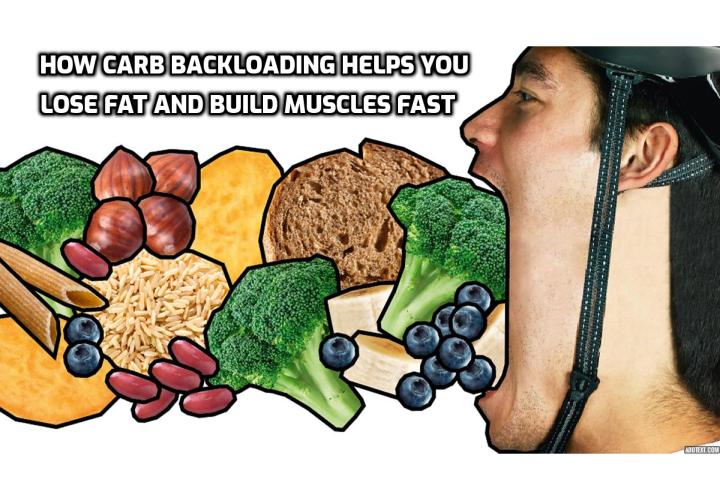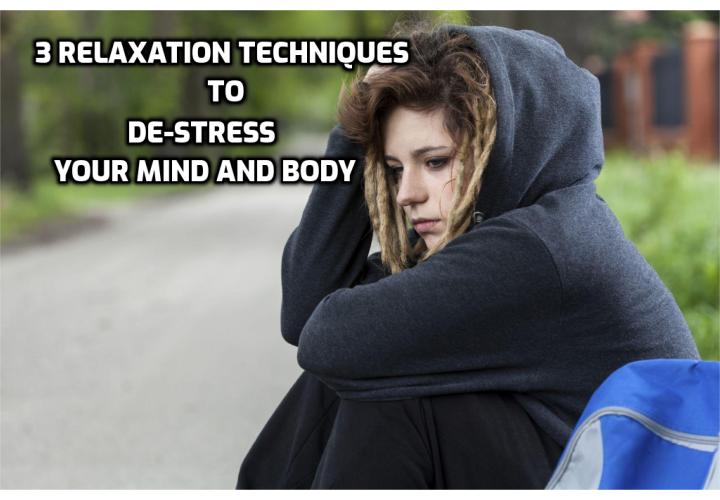Strange Acid Reflux and Type 2 Diabetes Connection Discovered
Is your type 2 diabetes caused by acid reflux, or is your acid reflux going to eventually lead to type 2 diabetes?
No, not if you make this one change in how you manage your acid reflux.
This is because a new study published in the journal Gut reveals that on top of numerous other dire consequences, this treatment method for acid reflux causes type 2 diabetes.
Researchers from China, Hong Kong, and the United States collaborated and collected information from three large American studies: the Nurses’ Health Study, the Nurses’ Health Study II, and the Health Professionals Follow-up Study.
Altogether, these studies had 204,689 participants who were observed over a period of 9 to 13 years. They were free of diabetes at the beginning of the study period.
The information collected by these studies included the participants’ demographic details and the results of medical checkups that included blood tests, medication use, dietary information, lifestyle habits, and physical exercise levels.
During the follow-up period, there were 10,105 cases of diabetes over more than two million person-years. When the researchers compared these cases with the information regarding PPI use, they found that people who regularly took PPIs had a 24% higher risk of type II diabetes than those who did not take it regularly.
They defined regular use as twice a week for two years, which is, of course, far less often than these drugs are customarily taken by people with chronic acid reflux and/or stomach ulcers.
The risk for those who took their PPIs twice a week for more than two years increased to 35% when compared with those who did not take any of them. The same was true for people who took more than two courses of PPIs per week.
Easiest Way to Avoid Acid Reflux
Acid reflux can be horrible.
So, it’s no wonder that people try a lot of things to avoid it. Eat this, don’t eat that, take this mixture. The approaches are numerous, but they rarely help.
So you’ll celebrate a new study published in the journal Neurogastroenterology & Motility. Because it reveals that sometimes less is more and demonstrates the easiest way to avoid acid reflux.
The research team from Sandwell & West Birmingham Hospitals recruited 27 subjects with gastroesophageal reflux: 16 had a mild to moderate form (group A), and 11 had a severe form (group B).
These researchers carried out high-resolution impedance manometry and PH monitoring before and after their subjects ate a meal, while they were resting, while they were walking, and while they were exercising.
PH monitoring refers to the measurement of acid in the esophagus, and high-resolution impedance manometry examines food as it proceeds down the esophagus and stomach to see whether there is an obstacle or other problem.
They found more acid reflux episodes after a meal in group B than in group A: a median of 10 versus 6.5 episodes. The maximum number of episodes was 18 in both groups.
Food also took much longer to clear the esophagus in the subjects in group B than in the group A subjects—four and a half times longer, in fact.
Lower esophageal sphincter relaxation was the mechanism that caused the most acid reflux episodes in both groups.
The esophageal sphincter is the valve at the top of your stomach or the bottom of your esophagus that is meant to close and keep the food inside your stomach. If this valve is weak or relaxes frequently, then acid reflux becomes likely because the food flows back into your esophagus.
This happened a median of 17 times after a meal in group B, compared with 13.5 times in group A. Some people experienced 34 of these episodes after a meal.
Now here is where this gets interesting.
When group A exercised directly after a meal, their esophageal sphincters relaxed 4.7 times per hour, compared with 2.4 times per hour when they rested after eating.
In group B, this happened 5.3 times per hour during post-meal exercise and four times per hour during post-meal rest.
These findings suggest that there are two things you should never do after a meal.
1. Avoid lying down. If you sit up, gravity will limit or prevent your food from flowing back into your esophagus when the sphincter relaxes.
2. Avoid exercise. If you are vulnerable to acid reflux, the best approach is probably to exercise first thing in the morning at least eight to 10 hours after your last meal.
Immune System Reaction May Trigger Acid Reflux
As of now, gastro esophageal reflux disease or acid reflux is thought to occur due to the damage done to the esophagus by gastric acids that move upwards from the stomach. However, the latest research conducted done at the Utah Southwestern Medical Center shows that this may not be the case.
The study points to the fact that cytokines, which are immune system cells that cause inflammation, may be playing a big role in damaging the esophagus and resulting in heartburn.
Dr. Rhonda Souza, who lead the research, has said that these findings may change the way conventional acid reflux treatment is done. At present, acid reflux patients are given drugs that prevent the production of gastric acids in the stomach. However, if acid reflux is an immune-mediated injury as these studies show, then it will be better to create drugs that prevent cytokines from attracting inflammatory cells to the esophagus.
Is acid reflux really the result of an acid burn?
In the research published in the December 2009 issue of Gastroenterology, scientists studied acid reflux in rats. The condition of acid reflux was operatively created in the rats by connecting the duodenum to the esophagus to allow gastric acids to permissively enter the esophagus. However, researchers found that contrary to the expectations, inflammation of the esophagus did not occur immediately.
Dr. Rhonda Souza stated that the findings contradicted what was popularly believed – that acid reflux is result of acid burn, for if this was the case, then heartburn should have immediately started in rats, as gastric acids were freely entering their esophagus.
Even after three days of the operation, there were no clear signs of damage done to the esophagus’s surface cells. Only after a closer inspection were scientists able to notice inflammatory cells appearing in the deeper layers of the esophagus. The damage to the esophagus’s surface began only after three weeks of the operation – the time taken by inflammatory cells to rise to the esophagus’s surface layer.
It was concluded that the acid itself does not lead to tissue damage associated with acid reflux, but that instead, the damage is caused by the inflammatory reaction in the esophagus that the gastric acid triggers.
This research also supports the popular belief – stress leads to acid reflux. Previous studies done on how stress affects our body have shown that continuous stress weakens the immune system, thereby increasing the chances of developing various diseases.
Watch this video – How to treat ACID REFLUX AT HOME – HEARTBURN TREATMENT(GERD)
If you have acid reflux, you may want to check out our natural acid reflux guide
This post is from Scott Davis’ Acid Reflux Solution. This program helps you to cure your heartburn and acid reflux by using natural remedies to quickly heal your stomach without dangerous medicine or risky surgeries. It can also help you to remove some disorders of acid reflux such as constipation or IBS.
To find out more about the program, go to Natural Acid Reflux Remedy – How to Completely Cure Acid Reflux








